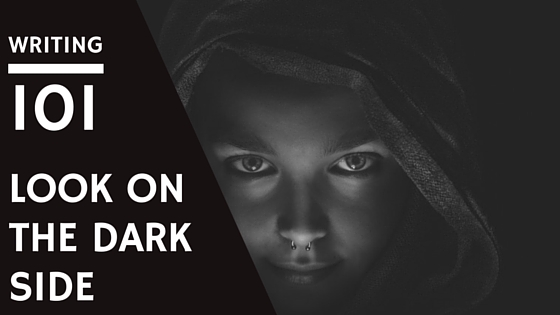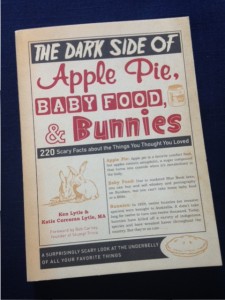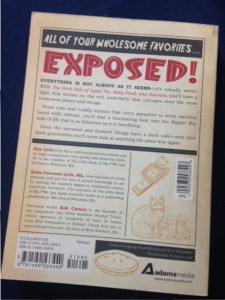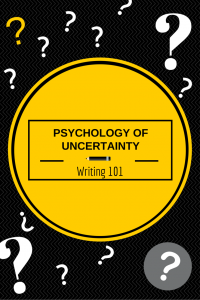What is at stake for your character(s)? If nothing important is at risk, why should the reader care what happens? Why read on?
Virtually everything has a dark side. Finding it is well worth a writer’s time. One of the maxims for writing tension and conflict is to make a situation bad and then make it worse. If you can do this in an unexpected way, so much the better.
For example, a single strand of hair can tell scientists not only a person’s gender and ethnicity but also where s/he lives, what’s been eaten, and whether the person has been taking drugs or ingesting arsenic. Hair grows up to .02 inches (.5 mm) every day, so the record can extend over several months and tell not only what but when!
For another example, consider deadly diamonds. Commercial services are available to extract carbon from cremated human remains and turn it into a diamond using intense pressure and high heat. Up to 100 diamonds can be made from a single dead body. Consider the possibilities! Is it love? Or is it a way of flaunting the fact that she got away with murder? What if the dead body was the murderer and someone decides to present a diamond to the family of each of the victims?
If you think about it, you could find a dark side to the Air Guitar World Championships (September in Oulu, Finland) or the Woolly Worm Festival (October in Banner Elk, North Carolina).
What? You say your character is already starving? So, have him stumble into a potato field and eat green potatoes, sprouts, stems and leaves—which contain poisons that can be lethal. (Potatoes, like tomatoes, are members of the deadly nightshade family.) Bottom line: find the darkest side and make it even darker.




